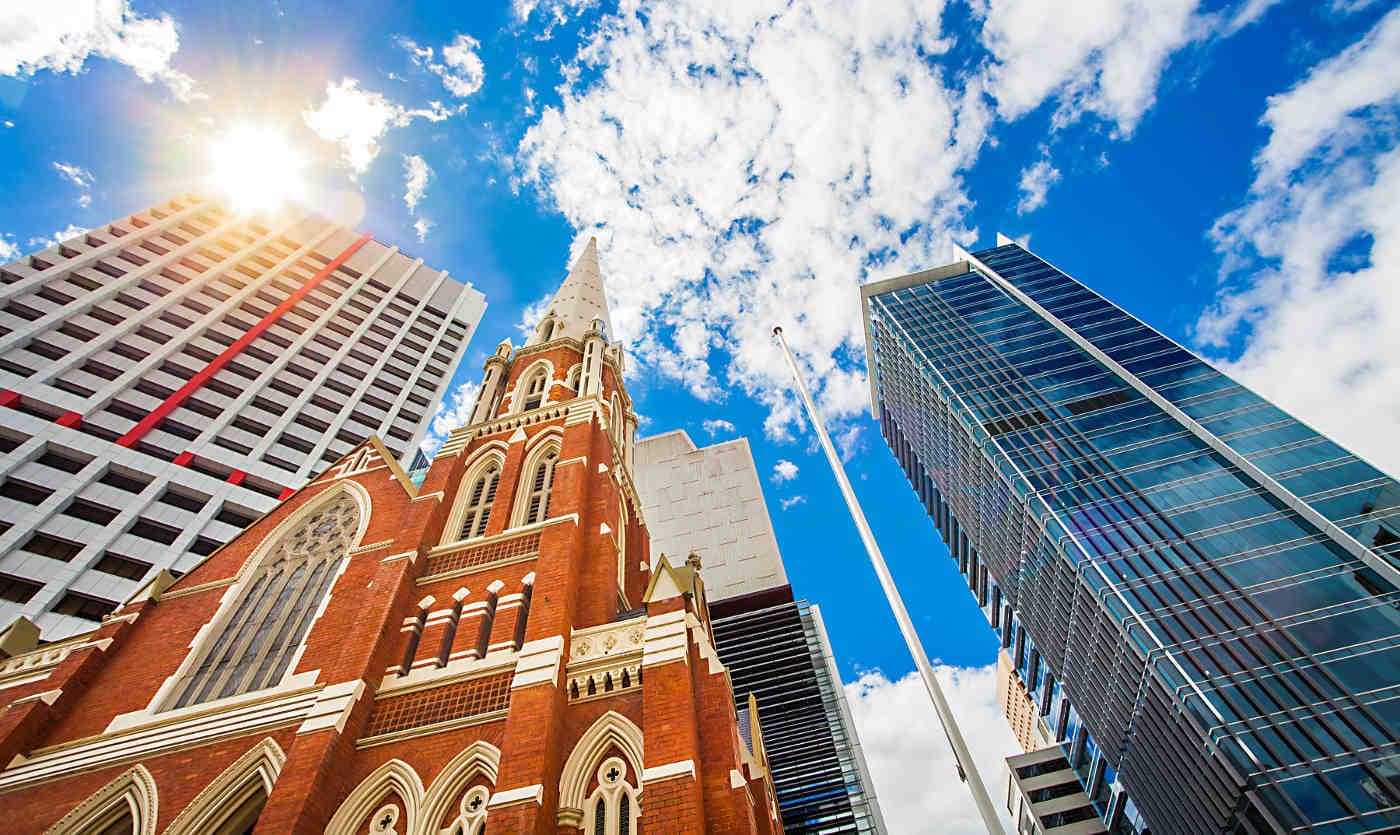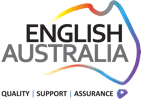The Australian Excellence
The Australian education system is recognised for its excellence in teaching, high academic outcomes and the broad range of creative and academic subjects available. Classrooms have adapted to the times and offer innovative technology.
School culture in Australia is so much fun!
- Represent your host school by competing in sports like football, basketball, volleyball, sailing, yoga classes, tennis, swimming, etc.
- Join the regularly-run musical and theatrical performance, or
- Get involved with extracurricular academics to dive deep into Aussie culture.
Outside of school, there is plenty to see and do.
- Enjoy beautiful beaches and bush walks.
- Explore Australian animals and wildlife habitats.
- Join an after-school sport team.
Students who are talented in performing arts, technology or sport may apply to a specialised high school.
SAFETY AND SUPPORT
Australia is one of the safest places in the world to study and is a safe and welcoming country for international students. Exceptionally low crime rates and a nationwide culture of respect means students can walk to and from school without trouble. Australia has been named the safest country in the world for women (2019 Global Wealth Migration Review).
Parents should feel secure in the knowledge that GO STUDY Australia is here to make sure each student’s transition into Australia is safe and stress-free. Our expert counsellors are here for you, 24/7.
All host families are carefully selected and receive ongoing training on how to best support the students who stay with them.
Every Australian high school has a system in place for students who are feeling unsafe or need additional support. Here are some of the main support systems in place for international students at Australian high schools:
- International Student Coordinator: the first point of contact for international students who conduct orientation programs, introduce students to key school staff and provide ongoing support.
- Year Advisor: monitors the academic progress of all students in that particular year group.
- Careers Advisor: will assist international students with the selection of subjects.
- Department of Education International Staff: additional support and personalised services for all international students.
- English Language Support: teach students English language and literacy skills.
- Bilingual Staff
- Learning and Support Teams: helps students settle into their new school and assists with any personal or study related issues.
- Homework Centres: supervises students completing homework, answers coursework queries and provides free tutoring.
WHICH PROGRAM IS RIGHT FOR ME?
SHORT PROGRAM
A short program runs for around two to three months. During this time, you can study at an Australian high school or take part in an English language course. These short programs generally take place over your summer break, meaning it will be winter in Australia. This program is designed for those wishing to partake in a life changing experience in between school years.
STUDY ABROAD
A study abroad program is significantly longer and can run for one term (10 weeks) up to 10-12 months. This program requires a bit more commitment, as it will be replacing up to one year at your home school. To partake in this, you must compare your curriculum at home to your potential new one, to make the most out of your time abroad.
WHICH PROGRAM IS RIGHT FOR ME?
STUDY TOUR
Groups of students can undertake a customised trip with their teacher and have a special focus on subject areas like art, English language, sustainability, sport, history or geology (among others). Whatever you need, GO STUDY Australia can arrange a study tour for you!
Offering programs that range from one to four weeks in length, a study tour is a great way to experience secondary education in Australia in such a short period of time.
Participate in interactive English lesson, take excursions to popular, historical and cultural Australian landmarks and meet Australian students. Live at a homestay and experience what it’s like living with an Australian family. Experience the Australian outdoors in a unique way with overnight farm stays, short camping trips and by visiting sustainability centres.
These programs are designed for students to improve their English proficiency and live like an Australian by immersing themselves in Australian culture.
Requirements
- Language: All students must demonstrate satisfactory skills in English.
- Visa: All students must hold a valid Australian student visa.
Choosing Where to Study
New South Wales, Queensland, Victoria and South Australia are popular Australian destinations to complete a study abroad or short study program. Each state, through public high schools, offer competitive and rewarding programs to students wanting to study in Australia.
Choosing the state you wish to study in is just the first step in this exciting journey.
- Do you want to live and study among beaches, small towns, bushland or skyscrapers?
- Do you prefer the hustle and bustle of a metropolitan city?
- Are you after a more laid-back, traditional experience in regional Australia?
Studying in the city will provide you with plenty of educational opportunities whereas studying at a regional high school allows you to experience Australia in a completely different way. The more rural setting is what Australia was built on – there will be less international students on campus and the course will be significantly more affordable than a high school experience in a city.
Contact us now and express your interest in a high school program at an Australian school.
Accommodation
- Years 7 and 8: Students must live with a direct or distant relative.
- Years 9 – 12: Students can live with a homestay family, a relative or close family friend.
Choosing to live with a homestay family is the first step to living like a local. The consistent immersion in family life and daily interactions with classmates means you will be excelling at English in no time at all. Attend the same school as your host sibling and live in a safe, caring and supportive environment.
Your homestay host will provide:
- Three meals a day.
- A private bedroom with a bed, storage space and a study area.
- Transport to and from school and activities.
The care and welfare of international students is our number one priority, so homestay families are carefully selected and screened. The hosts must apply for a National Police Check and undergo a Criminal History Check and a Working with Children Check.
About High School in Australia
A typical Australian high school commences class at 9am and completes the day at 3pm.
Schools around the country may differ but many follow a simple guide when it comes to class timetables. A high school will typically have between four and six periods a day, each ranging from 40 to 80 minutes in length.
Example of a typical day:
Period One: 9.00 – 10.00
Period Two: 10.00 – 11.00
LUNCH: 11.00 – 11.40
Period Three: 11.40 – 12.40
Period Four: 12.40 – 13.40
RECESS: 13.40 – 14.00
Period Five: 14.00 – 15.00
Class sizes in Australia are limited to 30 students (but are often smaller), allowing teachers to spend more time working one-on-one with their students. This also allows for students to work collaboratively on classwork without disruption.
Public and private high school students are required to wear a school uniform. Schools have a summer and winter uniform that is to be worn during the appropriate seasons. Teachers and other staff members are strict when it comes to school uniforms and the presentation of students.
Most high schools will have a uniform shop for students to purchase the appropriate school wear.
Education is held to a high standard in Australia, so students are frequently tested and assessed. The Australian classroom sees teacher-directed learning where students are to research and complete group projects, presentations, research projects, class tests, essays and assessments.
National and state testing programs are also put in place to ensure standards are met and maintained.
Dates vary by year and location. Each term runs for approximately ten weeks.
Term One: Late January/ early February to late March/ early April.
Term Two: Mid to late April to late June/ early July.
Term Three: Mid July to mid/ late September.
Term Four: Early October to mid December.
Application Process
GO STUDY Australia is here to assist you with the more challenging aspects of this experience. One of our expert hosts will help you narrow down which state suits your needs and expectations. They will help with your application process and make sure you’re submitting the correct documentation.
Once you’ve narrowed down which state you want to study in, we’ll help you submit an application to Department of Education International (DEI), where they will assess your answers and nominate a school for you to study at.
Step 1: Complete the application form, making sure to answer all questions. You will have to include the following documents:
- Certified and translated copy of your passport or birth certificate.
- Request a homestay placement or nominate a Carer.
- A certified and translated copy of your school reports from the past two years.
- Evidence of appropriate English language skills (English teacher’s recommendation form, a recognised English language test result and evidence of studying subjects in English for a minimum of two years).
Step 2: The DEI will assess your application against the following factors:
- Age appropriateness
- Passing grades in main academic subjects
- Living arrangements/ nominated carer.
- English language skills.
Step 3: If successful, the DEI will issue you with a letter of offer, confirming:
- The school you have been accepted to.
- Course dates and fees.
- Conditions of offer.
- Offer expiry date.
Fees
Costs will vary depending on program, state, region and high school.
Here is a rough guideline of what you should expect:
- Application fee: from $280 AUD
- Tuition for Years 7-10: from $13,500 AUD per year
- Tuition for Year 11-12: from $11,800 AUD per year
- Tuition for Intensive English Centre: $8,900 AUD for two terms
- Parent Nomination Homestay Fee: $350 AUD (fees must be paid for the duration of the course, or up until the student turns 18)
- Accommodation Placement: $350 AUD
- Homestay: $350 AUD per week
- School Uniform: $300 AUD
- Optional Overseas Student Health Cover: $600 AUD for 12 months
- School Transfer: $700 AUD (if you request a change of school after a Confirmation of Enrolment (CoE) has been issued.)
Tuition fees cover textbook hire and excursions up to the value of $300.
The cost of a study tour will vary depending on:
- The size of your group
- The number of days
- The location of the host school
- The activities and excursions included
- The itinerary
Get in touch with us for specific prices.
Note for Parents
Australia isn’t as far as you may think!
We understand how nerve wracking it is to send your child off to a foreign country! As hard as it may be, just know that you’re setting them up for a lifetime of success. While they’re adjusting to their temporary home, they’re learning invaluable life skills – from problem solving to true independence.











